提到吳哥窟,人們自然會(huì)想起《花樣年華》的最后一幕:一個(gè)男人將無(wú)法對(duì)人傾訴,甚至自己都無(wú)法面對(duì)的一段情感秘密講給吳哥窟的一個(gè)石洞聽(tīng),再把它蓋上,讓發(fā)生在花樣年華的故事從此留在吳哥,這里的一切,包括他的秘密,都會(huì)被自然帶走,成為永恒的回憶。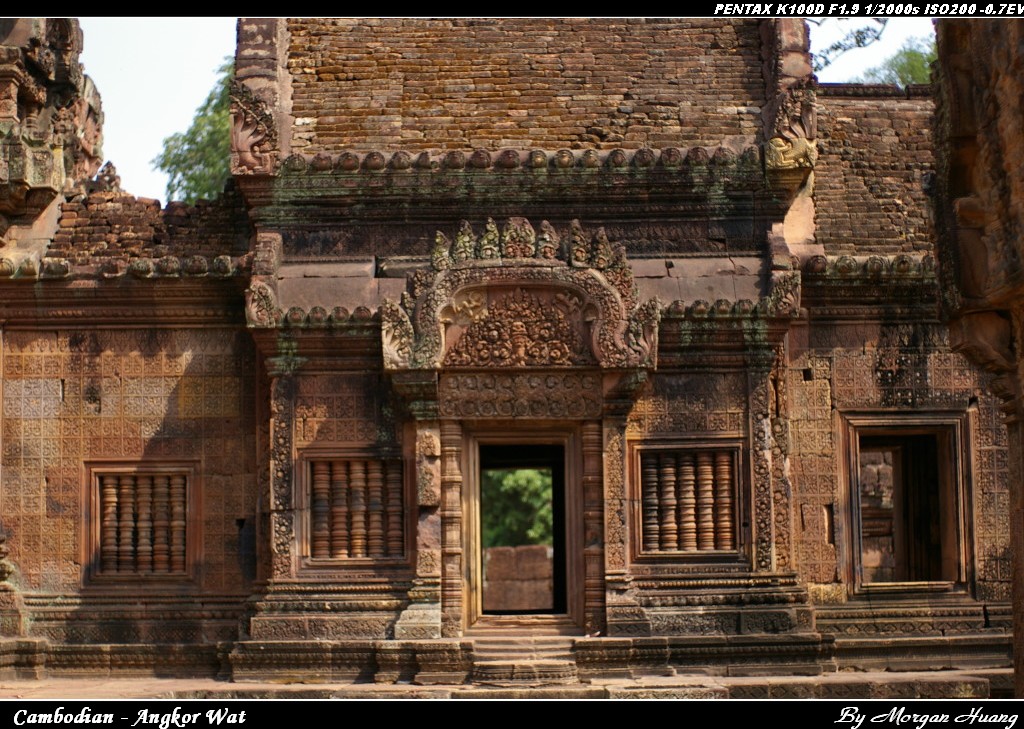
Located in Northwestern Cambodia, Angkor, the Capital of the Ancient Khmer Empire was possibly founded around the Ninth Century AD by King Jayavarman II(蘇利耶跋摩二世). However, the city reached its peak glory in the 12th Century under Kings Suryavarman II and Jayavarman VII.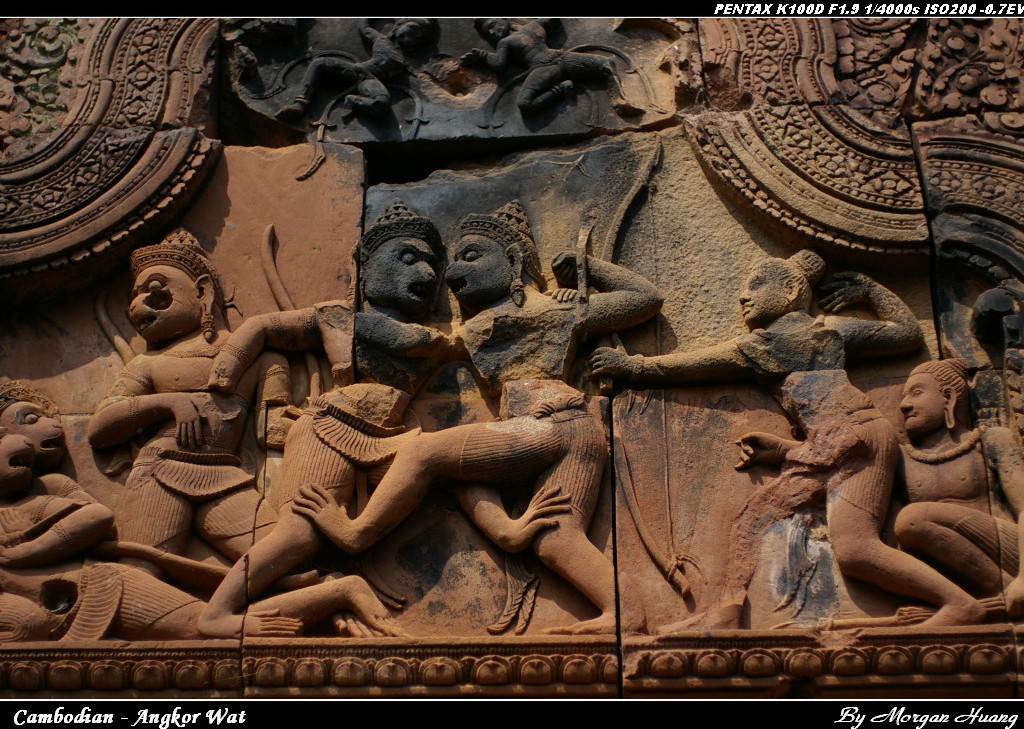
The most beautiful and most famous monument in the city, Angkor Wat, lies about one kilometer south of the Royal town of Angkor Thom which was founded by Jayavarman VII. 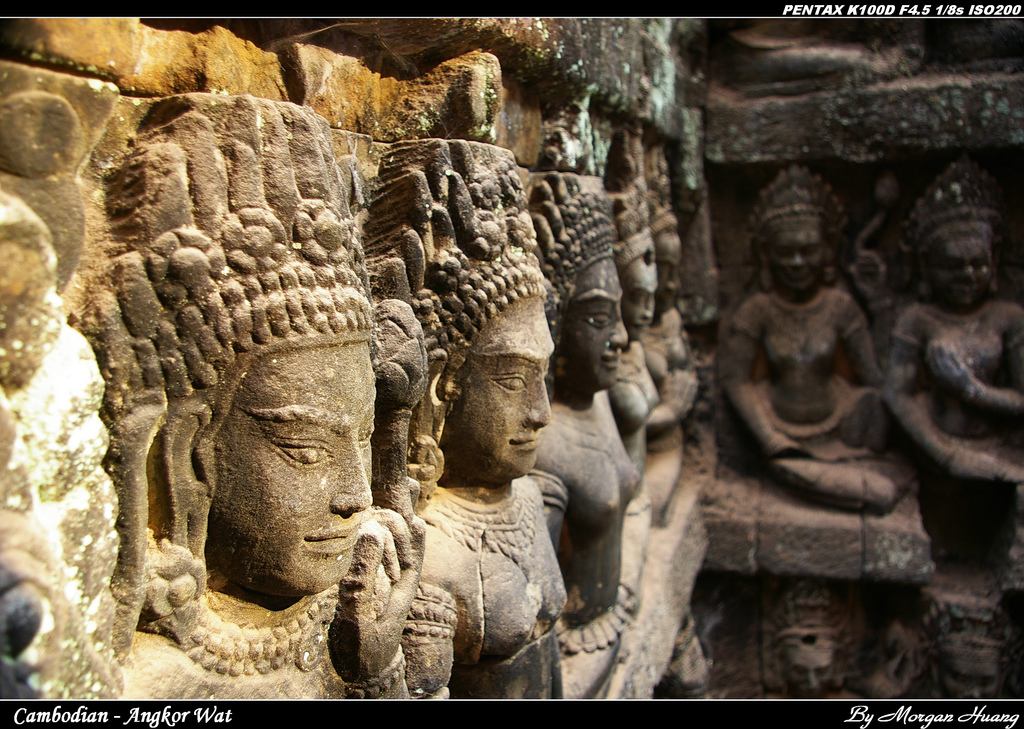
The Temple of Angkor Wat was dedicated to the Hindu God Vishnu(供奉毗濕奴) by King Suryavarman II, who reigned (統(tǒng)治)between AD 1131 and 1150.
The Temple was constructed over a period of 30 years, and illustrates some of the most beautiful examples of Khmer and Hindu art. Covering an area of about 81 hectares(公頃), the complex consists of five towers, which are presently shown on the Cambodian national flag.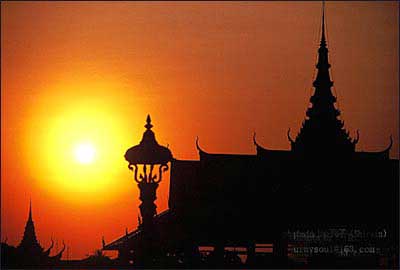
These towers are believed to represent the five peaks of Mount Meru, the Home of Gods and Center of the Hindu Universe. Angkor Wat features the longest continuous bas-relief in the world, which runs along the outer gallery walls, narrating stories from Hindu Mythology.
With the decline of the Ancient Khmer Empire, Angkor Wat was turned into a Buddhist Temple and was continuously maintained, which helped its preservation. In 1992, the UNESCO World Heritage Committee declared the monument, and the whole city of Angkor, a World Heritage Site. 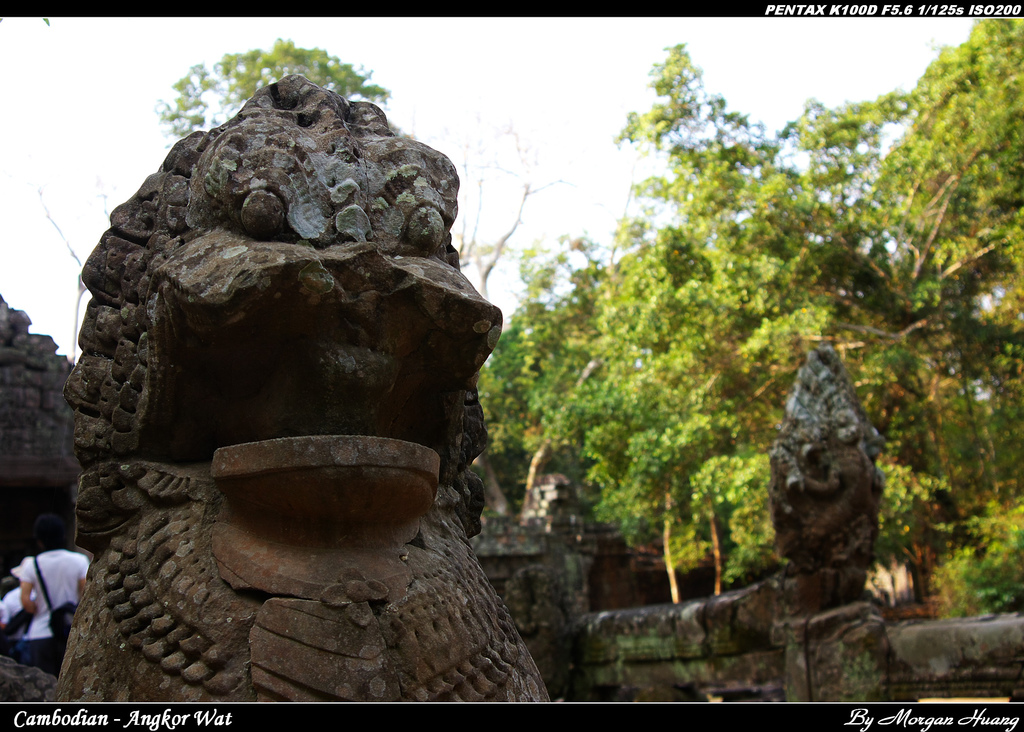
吳哥是高棉人(柬埔寨的人口最多的民族)的精神中心和宗教中心, 是9-15世紀(jì)東南亞高棉王國(guó)的都城。“吳哥”(Angkor)一詞源于梵語(yǔ)“Nagara”,意為都市。吳哥王朝(公元802年-1431年)先后有25位國(guó)王,統(tǒng)治著中南半島南端及越南和孟加拉灣之間的大片土地,勢(shì)力范圍遠(yuǎn)遠(yuǎn)超出了今天柬埔寨的領(lǐng)土,吳哥所在地暹粒中的“暹”是泰國(guó)的簡(jiǎn)稱“暹粒”是戰(zhàn)勝泰國(guó)的意思。歷代國(guó)王大興土木,留下了吳哥城(Angkor Thom), 吳哥窟(Angkor Wat)和女王宮等印度教與佛教建筑風(fēng)格的寺塔。1431年,泰族軍隊(duì)攻占并洗劫了吳哥,繁華的吳哥從此湮沒(méi)于方圓45平方公里榛莽之中,成為一片雜木叢生的廢墟,逐漸被人們遺忘。19世紀(jì)后期,吳哥被重新發(fā)現(xiàn)。
vt. 構(gòu)造,建造;創(chuàng)立,構(gòu)筑;搭建(construct











